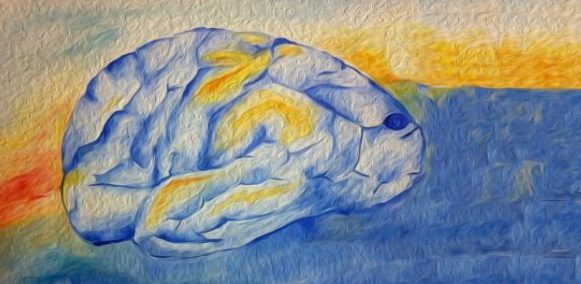Theoretical neuroscience
Theory of spike initiation, sensory systems, autonomous behavior, epistemology
Editor Romain Brette
Neural spiking for causal inference (2018)
Benjamin James Lansdell, Konrad Paul Kording
8 comments on PubPeer DOI: 10.1101/253351 DOI: 10.2903/j.efsa.2012.2904
This paper introduces an interesting idea borrowed from econometrics, on how to estimate the causal effect of a neuron’s spiking on a signal (eg a future reward signal, but potentially any signal).
One could for example compute the spike-triggered average of the signal, but this does not give the causal effect of spikes, because spikes could be correlated to other things that also have an impact on the signal. For example, let us imagine that you want to recover the postsynaptic potential for a given synapse, that is, the causal effect of the presynaptic spike on the postsynaptic membrane potential. Networks can display fast oscillations due to inhibitory feedback; in that case, the spike-triggered average of the membrane potential would show oscillations, even if the postsynaptic potential is a decaying function. To find the causal effect, the idea discussed in the paper is the following: compare the average signal observed when the neuron has barely spiked (just above threshold) to the one observed when the neuron has just missed the spiking threshold. Because spiking is discontinuous while the underlying variable that causes it (membrane potential) is continuous, these two cases should be equivalent except for the fact that the neuron has spiked. It follows that the difference in observed signal should be just the causal effect of the spike.
This is a nice idea. The question is how this might apply to the problem of learning for a neuron. Although the authors discuss a learning rule, that rule addresses the problem of learning to estimate the causal effect of the spike, not the learning of the neuron’s parameters (e.g. synaptic weights). The relation between the two problems is unfortunately not straightforward.
